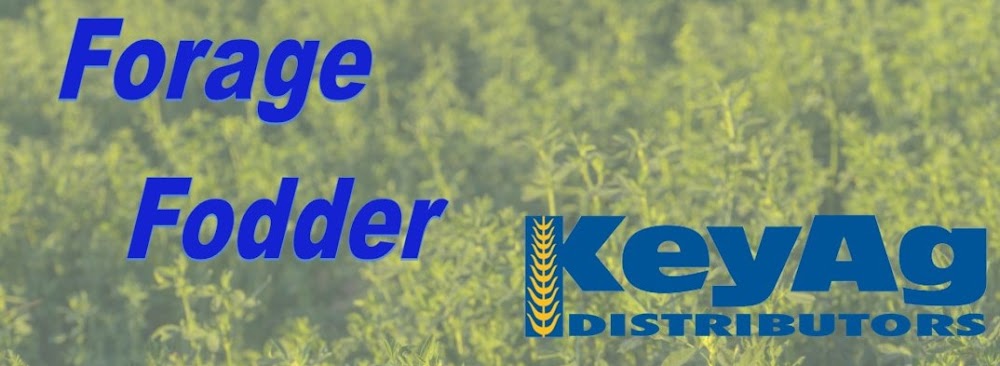Improved drought conditions and reduced export demand have increased on-farm hay stocks in the Northwest and nationwide, after severe shortages in 2021 and 2022. However, tight margins are preventing dairies from rebuilding inventories and they are still buying hay on an as-needed basis. High exchange rates and record hay prices followed by built-up inventories and slow demand have altered the export landscape. Hay marketers are adjusting their business models to reduce risk. Lower hay prices will weigh on producers’ profitability.
Higher On-Farm Stocks in the Northwest and nationally
The hay supply shortages of 2021 and 2022 are over, as Northwest hay inventories returned to average levels. On-farm hay stocks in the Northwest rose to 9.1 million tons on December 1, up 8.9% from 2022. Increased on-farm hay stocks were driven by improvements in drought conditions, lower domestic need and decreased export demand. Montana and Washington’s hay stocks increased by 18.5% and 25.0% respectively, as both states received more moisture alleviating drought challenges. While producers can now find enough hay to replenish their feed inventories, many have not. Delayed winter weather reduced the need for domestic hay demand, as livestock producers kept cattle on pastures longer than normal. Tight margins have limited dairies from rebuilding inventories, with many Northwest producers slow to purchase hay. A smaller national herd (cattle and dairy) will further reduce domestic hay demand. Also, lower export demand has raised hay stocks for 2024.
Nationally, the December 1 on-farm hay stocks have made a major rebound to 76.7 million tons, 4.9 million tons more than the previous year. This comes as a welcomed improvement from 2022, which saw the smallest on-farm hay stocks in 60 years. The USDA forecasts 2024 hay and grass production up 1% and 0.8% respectively year over year. Drought improvements in the Central Plains and Southern Plains are the primary driver for the improved hay production, but greater on-farm stocks could put further downward pressure on already low hay prices.
A shift in the hay export model
As a result of extreme volatility over the last 18 months, exporters have started to make significant changes. Hay exporters have traditionally brokered deals between growers and export clients, taking on the risk of inventory cost and exchange rates. Exporters would buy hay from growers at a fixed price during harvest and then sell it to international buyers later. But in 2022, record hay prices and a strong U.S. dollar made it extremely costly for international buyers, leaving exporters with a lot of unsold inventory. Many exporters had to sell this inventory at a loss. As a result of the significant losses felt amongst exporters, some have tried to reduce risk by offering growers a range of prices they can sell their inventory for over the next 12 months and limiting how much inventory they purchase. The shift in the hay model has been a painful process for exporters and producers.
Even with export hay prices and exchange rates coming down, export demand will likely remain slow in the near term. China (the largest export destination for alfalfa) has experienced low milk prices and dairies are trying to get by as cheaply as possible by using more local forages. Alfalfa exports to China decreased by 40% in 2023 and recovery will likely be a slow process. Total U.S. exports have slowed by more than 1 million metric tons, down nearly a third from pre-2022 exports. Logistical challenges remain with a slowing global economy that has limited container availability as fewer goods are being shipped back to the U.S. from Asian markets. It could take several years before export markets fully recover waiting for improvements in global milk prices and a weaker U.S. dollar.
Profitability
Hay prices have softened due to inventory carryovers, lower demand and hay stocks rebounding. Prices dropped more than $100 per ton year over year since 2022 records. Many producers are selling at their breakeven level, even with limited demand many are unable to lower prices further. In 2024, greater hay stocks and lower alternative feed prices will cause headwinds for prices. Lower production costs will help hay producers, but they will likely stay at breakeven levels without additional export or domestic demand.



No comments:
Post a Comment